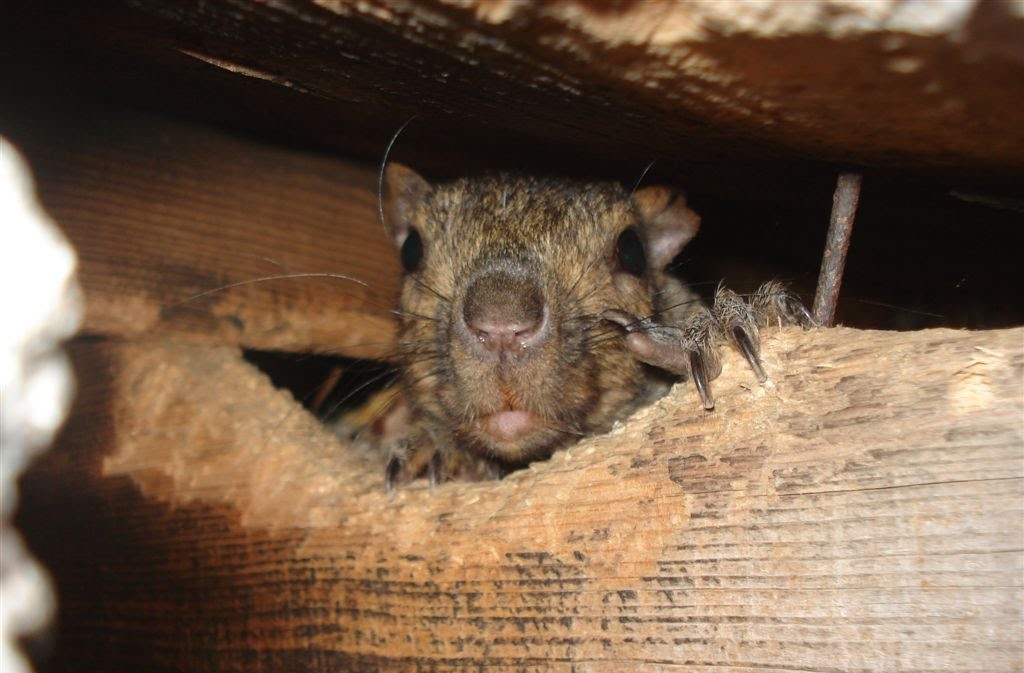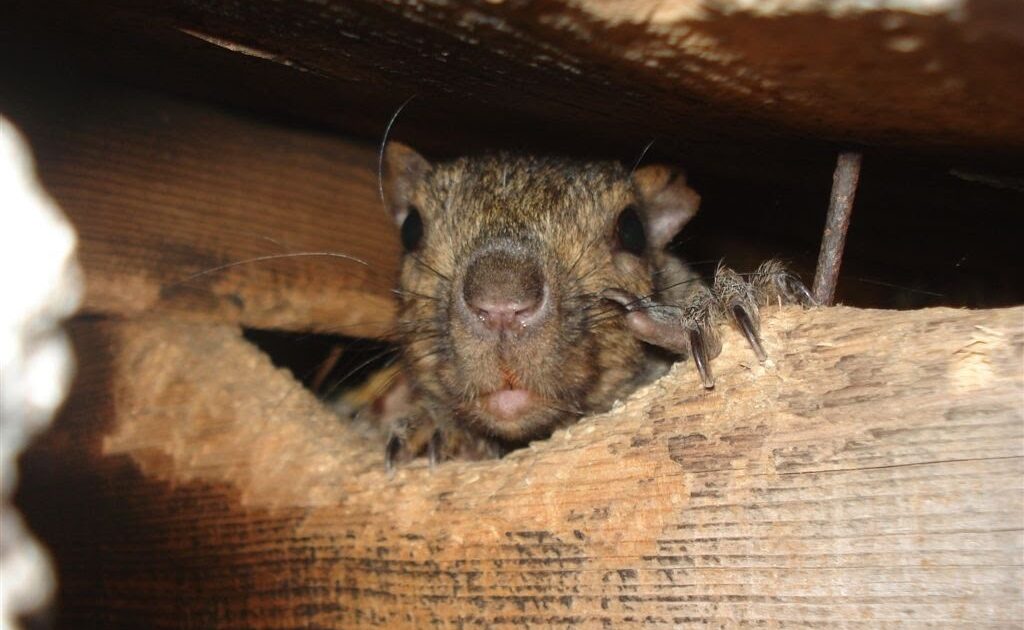Have you been hearing odd noises from above or noticed damage around your home that doesn’t quite add up? You might have a squirrel problem in your attic. These little critters may seem harmless at first, but their presence can lead to costly damage and unnecessary stress for homeowners.
Ohio winters and vibrant tree-lined neighborhoods make attics an attractive spot for squirrels to settle in. Don’t wait for the problem to escalate—knowing how to recognize the signs early will save you time, money, and headaches down the road.
Here’s how to tell if squirrels have decided to call your attic home and how to deal with it effectively.
1. Strange Sounds Coming from Above
Hearing unusual sounds in the attic is often the first clue that something is up. Squirrels are most active during the early morning and evening, so you may catch the sounds of scampering feet, scratching, or even chewing during these hours.
The noises can vary—thudding as they leap across beams, or that unmistakable gnawing as they chew through insulation, wires, or wood. If these sounds are becoming a daily occurrence, chances are you’ve got some unwanted roommates.
Take note of when you hear the activity. Early detection gives you the chance to act before they cause even more damage.
2. Droppings and Unpleasant Odors
Have you noticed small, pellet-like droppings in your attic or near potential entry points? Squirrels often leave these tell-tale signs wherever they go. Over time, the droppings, along with urine, can lead to unpleasant, musty smells that linger in the air and even seep into your living spaces.
Insulation is particularly affected by urine, becoming soaked and less effective at regulating your home’s temperature. If the smell in your attic seems to worsen over time, it’s a strong indicator that the squirrels have been there for a while.
Cleaning up waste also poses health risks, so it’s best to leave this task to qualified professionals who can handle it safely.
3. Chewed Wiring or Damage to Structures
One of the most harmful habits of squirrels is their relentless chewing. They’ll gnaw through just about anything—wires, wooden beams, vents, and even the fabric in your insulation.
Chewed wiring is not only a nuisance but also a serious fire hazard. Meanwhile, structural damage due to nests or weakened beams can compromise the safety of your attic. These issues, if not dealt with quickly, can result in expensive repairs.
If you’re spotting chew marks where there shouldn’t be any, it’s a clear sign that squirrels are at work.
4. Nesting Materials Left Behind
Squirrels are crafty when it comes to making their nests cozy. They’ll gather insulation, dry leaves, paper, fabric, and other debris to build their homes. These nests are usually tucked away in hard-to-see corners of your attic and can be easy to overlook unless you inspect the space closely.
Damaged insulation is another clue—if you notice thin or shredded patches, squirrels could be the culprits. Beyond the mess, this affects the energy efficiency of your home, causing higher heating and cooling bills.
5. Squirrels Hanging Around Your Roof
What starts as scurrying across your roof may eventually lead to them finding a way inside. If you regularly see squirrels darting near your roofline, take note. They could be investigating entry points around vents, eaves, chimneys, or small gaps in your home’s exterior.
Watch for signs like damaged shingles, loosened vents, or visible holes. They don’t need much space—just a gap the size of a baseball can be enough for a squirrel to squeeze through.
Why Ignoring the Issue Can Be Costly
When squirrels are left unchecked, the damage only gets worse. From degraded insulation to structural issues and fire hazards caused by chewed wires, these nuisances can leave you with thousands of dollars in repairs.
There’s also the increasing health risk. Accumulated waste can harbor bacteria, while chewed-open vents create pathways for other pests to enter your home. The stakes are high, and addressing the problem promptly is in your best interest to protect your home and family.
Practical Steps to Prevent Squirrel Infestations
Before you call the pros like Skedaddle, there are a few prevention tips you can tackle to help secure your home from unwanted wildlife.
- Seal Entry Points – Check for gaps or openings in your roof, soffits, and vents. Use heavy-duty materials like metal mesh or caulk to block off these vulnerable areas.
- Trim Overhanging Tree Branches – Keep branches at least six feet away from your roof. Branches that touch your home make it easy for squirrels to gain access.
- Install Chimney Caps and Vent Covers – Prevent easy entry by covering these areas with durable caps while keeping essential airflow intact.
- Secure Trash Bins – Food sources outside your home attract squirrels. Keep lids tightly closed and store bins away from reachable places like patios or porches.
- Inspect Your Attic Regularly – Even if you don’t suspect a problem, routine attic checks can help you spot the signs early and address issues quickly.
Taking these steps can go a long way in keeping squirrels and other wildlife outside where they belong.
When It’s Time to Call the Experts
If you’ve noticed any of these signs, it’s crucial to act right away. Squirrels won’t leave on their own—they’ll only dig in deeper and cause more harm over time.
At Skedaddle Humane Wildlife Control, we specialize in identifying, removing, and preventing squirrel infestations. We use humane solutions like one-way doors to ensure squirrels can leave your attic but can’t return. Plus, our team will repair entry points and clean up waste, restoring your attic to a safe, functional space.
Don’t wait for the damage to worsen. Trust Skedaddle’s expertise to protect your home and provide a permanent, humane solution to your squirrel problem. Contact us today and reclaim your attic from unwelcome visitors!




